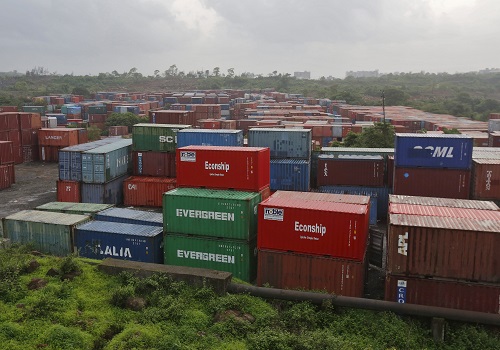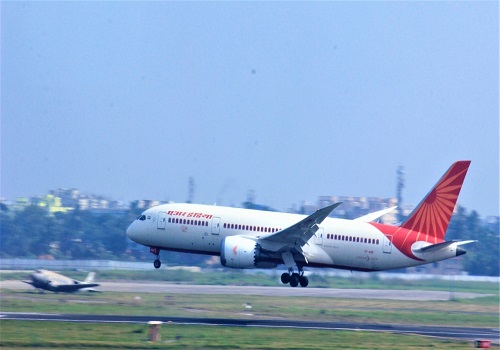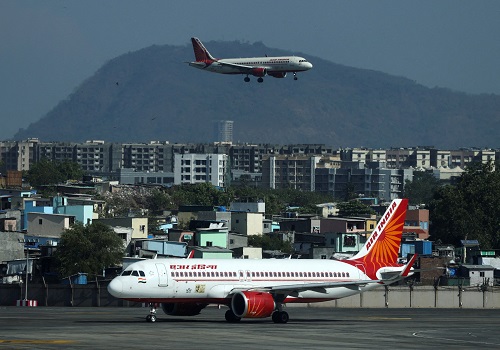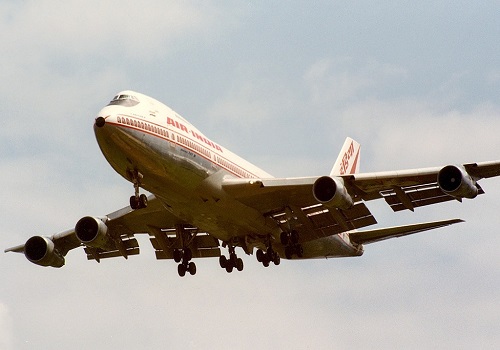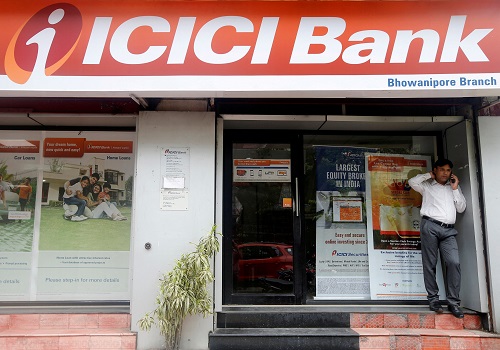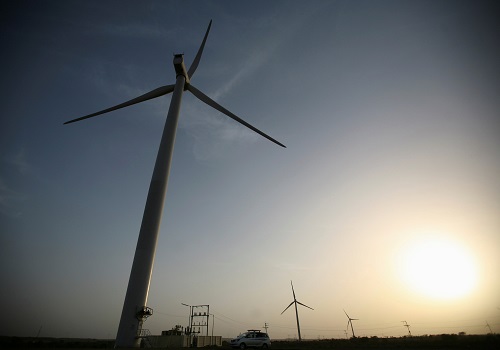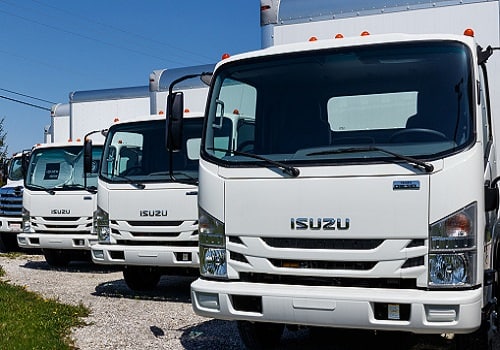Tata saves Air India from bidding good-bye to the sky
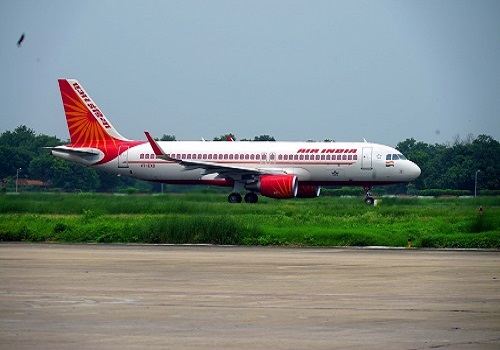
Follow us Now on Telegram ! Get daily 10 - 12 important updates on Business, Finance and Investment. Join our Telegram Channel
With the wide opening up of the aviation sector as millions troop out to fly for work or vacation after two years of Covid-19 curbs, airlines in India are experiencing a major boom not witnessed in the last 25 years.
Official data indicate that domestic passengers carried by Indian carriers shot up by 66.73 per cent - from 343.37 lakh to 572.49 lakh - in the first six months of 2022, marking a whopping monthly growth of 238 per cent.
The role played by Indian domestic carriers is phenomenal with major airlines like Air India, SpiceJet, IndiGo, Vistara, Go First, FlyBig, Alliance Air and StarAir virtually raking in the moolah with impressive passenger load factors.
In the past six months, even the erstwhile flag carrier Air India has not lagged behind after it changed hands to return to its old cradle - the Tata Group - where it was born 90 years ago as Tata Air Services and then renamed as Tata Airline.
Post-Independence, it was acquired by the government, renamed 'Air India' (AI) and it flew the Indian flag globally with the iconic, mischievous but lovable 'Maharajah' mascot. The airline is still among the most trusted in the industry.
Whenever there was 'turbulence' in the aviation sector, stalwarts from Tata Group like its founding father J.R.D. Tata and later Russi Mody were named AI Chairpersons by the government.
After the high-profile 'sale' back to the Tatas in January 2022, the venerable N. Chandrasekaran was appointed Chairman, with a professional team to assist him and guide a staff strength of around 10,000.
"The entire focus of AI is to strengthen and enhance its functioning in every area of operations to become a world-class airline," said an AI official guardedly, on the airline's immediate and long-term plans.
The AI presently pilots a fleet of 113 aircraft comprising Boeing (777-200LR, 777-300ER and 787-800 Dreamliner) and Airbus (319, 320, 320Neo and 321) aircraft.
Currently, it operates up to 320 flights daily, including 210 domestic, serving 50 Indian and 36 international destinations.
Now, Tata boasts of a tiny bunch of airlines - Air India, Air India Express and the 8-year-old Vistara, a joint venture with Singapore Airlines - ranging from full-service to no-frills services compatible with all pockets.
As AI continues to soar the skies - it would have become an aviation history chapter if the Tatas had not taken it over - the challenge before the company is to make it extremely safe, punctual, professional and of course, profitable, in that order, according to aviation experts.
The knives are out for a bigger piece of the diminishing pie in the sky - with Akasa Air launching operations in early-August followed by the revival of the former aviation roughie, Jet Airways come September, which at one time controlled more than one-fifth of the total Indian market.
Recent months have witnessed a series of aircraft safety-related issues that have rattled the passengers and ruffled the different airlines, with the Directorate General of Civil Aviation mercilessly cracking the whip and ordering the carriers to tighten their belts.
Experienced carriers like AI - the oldest in the pack - also have to contend with rising operating costs especially fuel, network expansion adding on lucrative international destinations, fleet improvement and augmentation to make it 'young, lean and mean', reasonable passenger fares amid recent suspicions of 'cartelisation' by the aviation players, improving the 'work culture' that was lacking in the state-owned AI.
Though AI has categorically declined to reveal its route expansion or fleet augmentation plans, aviation industry sources said it may be compelled to go in for it sooner rather than later, with new players entering the market with gleaming new aircraft to grab the big chunks of the flying business.






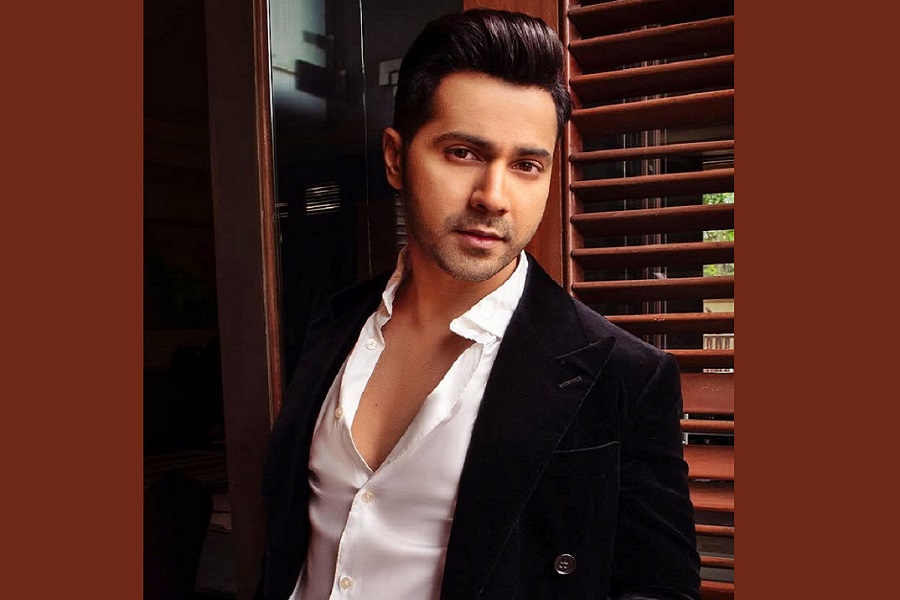





 320-x-100_uti_gold.jpg" alt="Advertisement">
320-x-100_uti_gold.jpg" alt="Advertisement">


